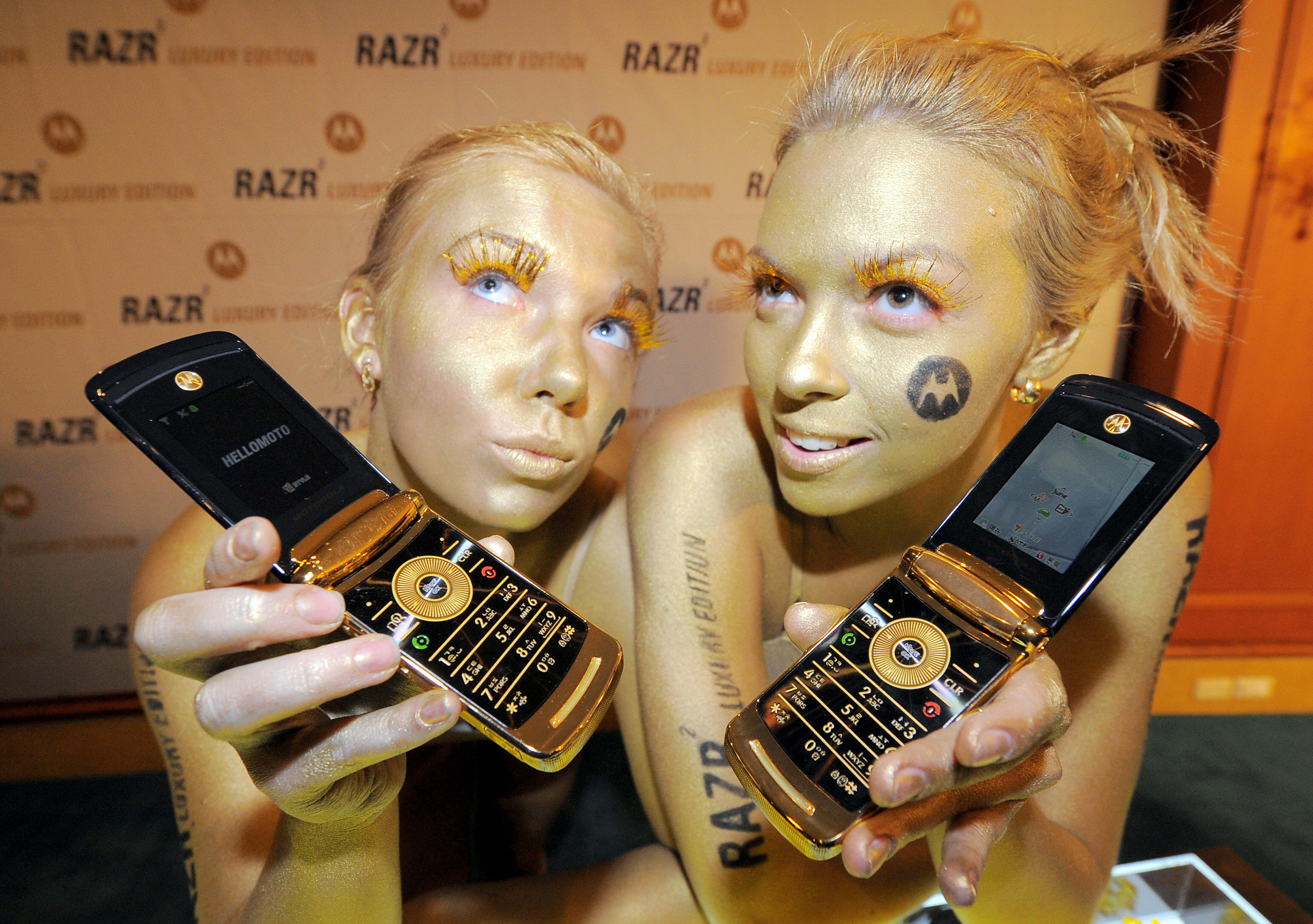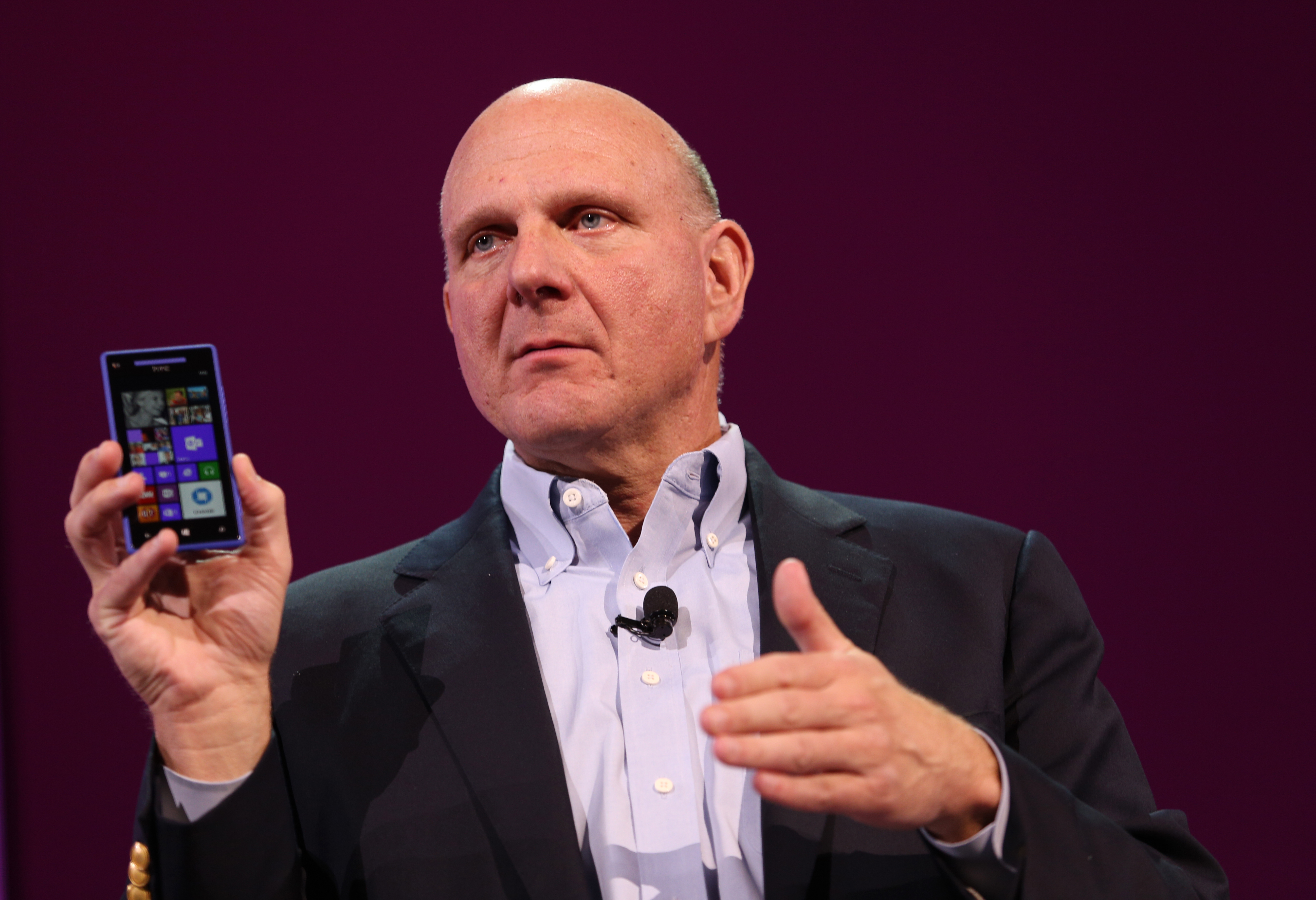Photo: Howard Grey (Getty Images)
Smartphones still feel new. Despite being with us since the early aughts, their constant evolution and shifting designs keep us from ever getting used to one thing for too long. Everyone knows their iPhones, Galaxies, and Pixels, but how many different models of your brand of choice can you recall? In the short history of cellular phones designed (but not used for) talking, there have been plenty of weird avenues and stopgap solutions. Let’s take a quick tour through some of the more notable oddities and reminisce back to when every phone came with a headphone jack standard.
More smartphone fun: Foldable Smartphones Are The Latest Ridiculous Tech Innovation
They’re watching you: The Samsung A9’s Cameras Are Bloody Terrifying
Follow Mandatory on Facebook, Twitter, and Instagram.
Strange Phones Through History
-
A Phone? In a Car?!

Back in the '80s, a lot of things were different. Music was better, fashion was worse, and technology as we know it was still in its infancy. If you wanted to get a hold of someone who was out and about, you had to hit up their beeper or phone the arcade they were hanging out at.
Still, if you were among the king of the preppies, you might have had enough money for a portable phone. Whether it was a wired phone attached to your car or the Gordon Gekko special, these were clunky peeks at what was to come in the coming decades. Plus, they could be used as melee weapons. Always a bonus.
Photo: Peter Bischoff (Getty Images)
-
Candy Bars and Chocolate

As portable phones got smaller and technology exploded, feature phones (later "dumb phones") started to become stylish. The world loved their candy-bar phones, even if they only came with a rudimentary game of Snake and a calculator.
The PDA functions that would define later phones weren't included. At this point, it was all about the outer shell rather than what was originally programmed inside.
Photo: Mike Coppola/WireImage (Getty Images)
-
Nokia's Gaming Phone

As time went on, phones began to try to become more than just a communication device. For some companies, that meant robust text messaging support and other tertiary features. For Nokia, it meant trying to compete with Nintendo in the portable gaming market.
The NGage had a lot of backing behind it. It had a Tony Hawk game, a Sonic game, and publisher support. What it didn't have was a good design, as a phone or as a gaming device. When an entire website is dedicated to how silly you look using your device, you've failed somewhere.
Photo: David McNew (Getty Images)
-
Razr Blades

Other companies took a more sensible approach. After the candy bars, customers wanted tighter, more compact phones. The Motorola RAZR is the ultimate expression of that. Packing modern hardware into an unbelievably tight package, each new iteration of the RAZR became a hot property.
Even after the jump to smartphones, people still wanted thin phones, and Motorola was happy to oblige. In 2012, the Droid RAZR burst into Verizon stores everywhere, and the brand is set to make another comeback this year as a foldable smart device.
Photo: JUNG YEON-JE/AFP (Getty Images)
-
These Aren't the Droids You're Looking For

Motorola's Droid line bridged the gap between feature phones and smartphones for many people. While other smartphones immediately did away with the keyboards and physical buttons of PDAs, the Droid's sliding design let people move gradually to touch controls.
The Droid also became the first widespread phone to bring Android to many. Google's mobile operating system has since surpassed iOS, and it all started with this weird slider.
Photo: David Becker (Getty Images)
-
Throw Them Out The Windows

While Google and Apple have slugged it out for phone OS dominance since the birth of the smartphone, there have been other contenders. Blackberry had their offerings and some phone manufacturers tried their hand at modified Android experiences. However, none made as big of a splash when they hit the pool as Microsoft.
The Windows Phone utilized the same live tiles and Metro design that made Windows 8 into the strange failure it ended up being. There were some neat concepts, but the basic OS lacked some key apps and ended up being too much of a departure from the norm. Microsoft is nothing if not persistent, only killing off Windows Phone this year and replacing it with a new mobile project code-named Andromeda. Whatever it is, let's hope it's more than just a stumbling block towards the future.
Photo: KIMIHIRO HOSHINO/AFP (Getty Images)





